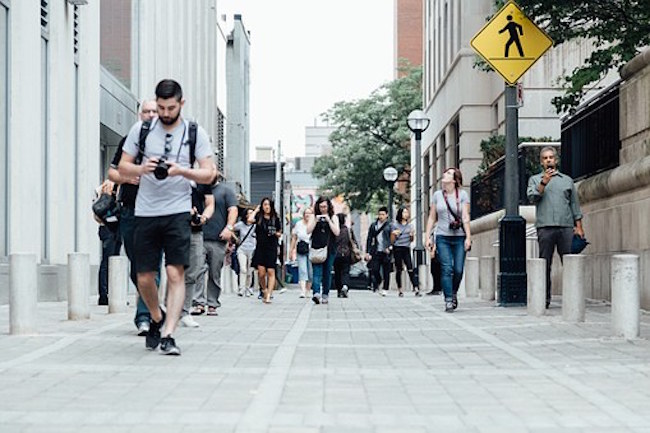8 Ways to Practice Advanced Situational Awareness by Fabian Ommar for The Organic Prepper
In one of my recently published articles, I defined situational awareness. I also presented a list of risks and threats commonly found in the urban environment and those posed by large and smaller groups of people and individuals. Selco, who survived in an urban setting, offers excellent examples of the differences between Urban Survival and Rural Survival as well as guidance for survival planning.
Here I will go over techniques for development and practices to improve situational awareness. Before we move ahead and get practical, let’s see one more aspect of situational awareness theory and psychology. Let’s also look at how it works in our minds to apply it in the most productive manners during training and everyday situations.
The four levels of awareness
I’m talking about awareness levels, which is a “scale” of alertness according to the context in which we find ourselves. There are several versions of this scale out there, all based on Col. Jeff Cooper‘s work. Cooper originally designed it as a practical guide for police and military agents who need to move fast between levels when readying for combat or violent action.
While I personally have some reservations about the way Cooper’s Color Code was adapted (and promoted) in the “situational awareness” concept, the scale’s idea is to provide a simple yet effective reference to ordinary people, and for that, it works. Besides, the levels of awareness help educate us on self-assessment and control.
It is essential to note the mind can’t operate in constant states of high alertness. Too much stress for too long is detrimental to our performance and even our health. Besides, it’s practically impossible to maintain a high level of awareness for long periods. We must learn to adjust, dial down or up as the context changes, and as our mind/body requires.
- Level 1: Relaxed – When (for instance) we’re at home watching a movie, focused on the TV, and tuned out to the rest.
- Level 2: Relaxed Awareness – There’s no significant threat, but we are aware of the situation around us, usually because we’re performing some task that demands some attention (as when driving and paying attention to what’s going on around, other vehicles and people moving and signaling (or not) their intentions, etc.).
- Level 3: Focused Awareness – The situation demands a higher level of focus (for example, when driving in the snow or a heavy storm, at night or through a poorly conditioned road with hazards)
- Level 4: High Alert – Thing’s have gotten scary. We recognize an actual or imminent threat and become ready to act. It can be fight, hide, or flight. At this level, we’re still able to function.




